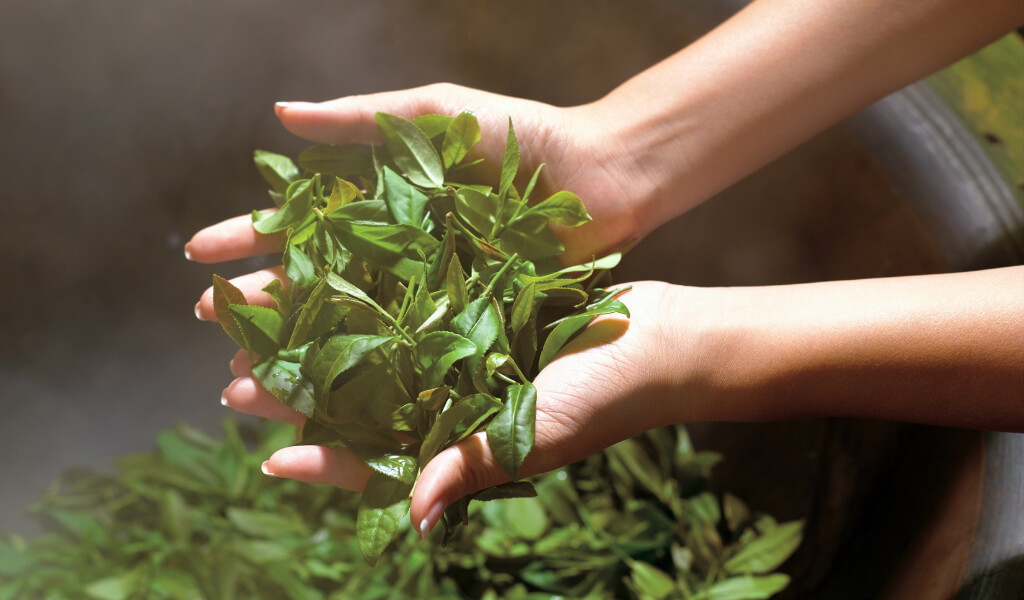Tea has been a beloved beverage for centuries, enjoyed by millions of people worldwide for its soothing taste and numerous health benefits. But have you ever wondered how your favorite tea goes from a freshly plucked leaf to a fragrant cup of goodness?
The answer lies in the fascinating green tea processing, which involves carefully orchestrated steps to transform the raw tea leaves into the final product we all know and love.
Quotes of tea at Today
“Thank God for tea! What would the world do without tea! How did it exist? I am glad I was not born before tea.”
― Sydney Smith, A memoir of the Rev. Sydney Smith
What is tea made of?
True tea comes solely from the Camellia sinensis plant, while other herbal infusions referred to as “tea” are technically not tea.
There are two main ways to make tea: Orthodox and non-orthodox. And each method yields a different tea product with unique characteristics.
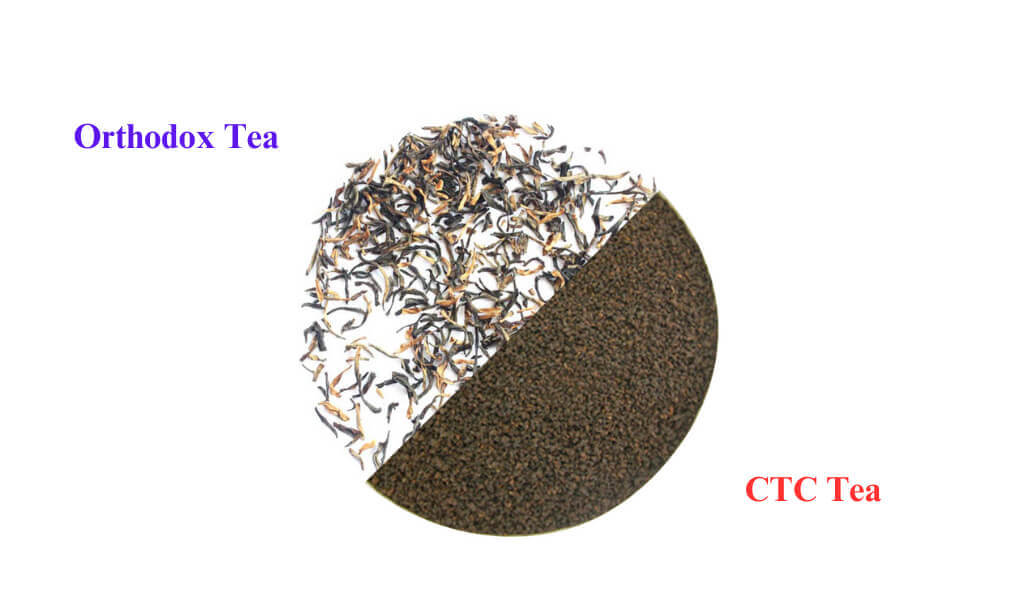
Orthodox Tea: Brewing Tradition
1. Go Green with Whole Leaf
The orthodox method of producing tea preserves the whole leaf’s flavor and integrity at all production stages with tea fermentation.
2. Rolled & Shaped for Loose Leaf Tea: Unleash the Flavor
Different from tea bag, loose leaf tea involves carefully tea rolling or shaping the leaves into different sizes and styles depending on the tea curing type.
3. Artisan Method With Craft
Artisan orthodox producers can significantly influence the tea’s final appearance, aroma, and flavor by how they shape, oxidize, and dry the leaves during production.
4. Discover the Complex Flavors
Although it takes longer, the orthodox method produces a more attractive full-leaf tea with a complex flavor and aroma.
Non-Orthodox Tea: Steeped in Creativity
5. Shredded Leaf: Breaking the Tea Mold
The Crush-Tear-Curl (CTC) method is a non-traditional way of processing tea leaves that results in tiny pellets. This technique intentionally shreds the leaves into small pieces shaped into granular pellets.
6. Made for Commercial Tea Bags: Revolutionizing Tea Time
CTC was initially designed to commercialize strong, full-bodied black tea that could be packaged in traditional tea bags and stand up to the added milk and sugar in a brewed cup. This made it ideal for mass-market consumption.
7. Machine Method: Revolutionizing Tea-Making
CTC machines streamline black tea processing by eliminating labor-intensive steps, resulting in faster processing than the artisanal orthodox method.
8. One-dimensional Flavor: Tea Beyond Tradition:
While green teas can be produced using CTC, White tea processing and Oolong tea processing cannot. Oxidation starts quickly as the leaves are shredded during CTC, and the leaves lose their essential oils immediately. Therefore, subtle nuances in aroma and flavor cannot be controlled, resulting in a final tea product with a one-dimensional taste profile.
Read More:
200+ Tea Quotes to Celebrate the best Tea in the World
From Leaves to Sips: Mastering the 6 Basic Tea Processing Steps
For thousands of years, tea masters in China have been honing their skill and searching for the secret to making the ideal cup.
Tea plantation and crafting techniques vary by region, inspiring innovation through local flavors and methods throughout history.
Nowadays, we can access many tea sources and learn from diverse areas. By taking this broad perspective, we can condense the tea-making process into a few fundamental steps, which we’ll outline here in simplified terms.
| Step | Description |
| 1. Cultivating & Harvesting |
Grown and harvested Camellia sinensis plants. Terroir affects flavor. Hand-plucking preserves sweetness.
|
| 2. Withering |
Harvested leaves wilted to lose water, becoming pliable.
|
| 3. Bruising |
Oolong, black, and pu-erh teas bruised to prepare for oxidation.
|
| 4. Oxidizing |
Leaves (except for black teas) heated to stop oxidation, yielding distinct flavors.
|
| 5. Fixing |
Heating to halt oxidation and preserve color in black teas, creating unique flavor profiles.
|
| 6. Drying |
All tea leaves dried to remove moisture, flavor affected by heating method.
|
1. Cultivating the Perfect Cup: Mastering the Art of Growing Tea
Camellia sinensis plants must be grown and harvested to start the tea-making process. This step is crucial as growing conditions and tea harvesting methods can significantly affect the final product’s flavor, resulting in variations.
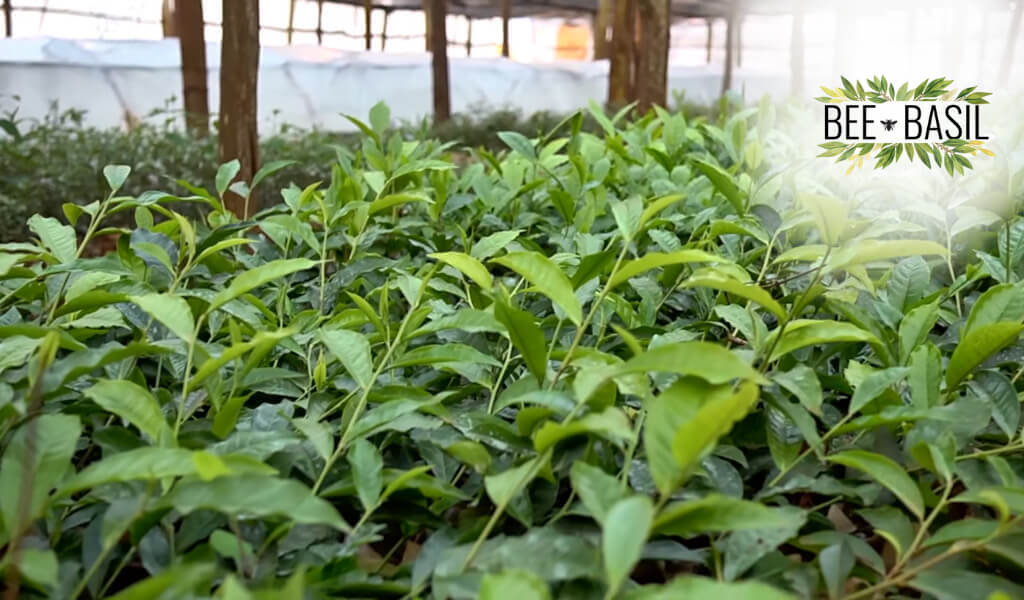
A tea’s terroir, or the growing environment, is a primary factor in determining its flavour. Like wine grapes, tea leaves can develop unique flavors based on where they’re grown. Climate, soil type, and surrounding vegetation can subtly influence the tea leaf’s character and taste in the cup.
Farmers can also alter the plant’s growing conditions to affect the tea’s chemical composition. For example, planting tea withering in rocky soil or at varying elevations can impact the flavor of the harvested leaves. Meanwhile, premium Japanese green teas are grown under shaded awnings to enhance chlorophyll and theanine levels.
The leaf harvesting method is another variable that can create a variation at this early stage. Premium tea leaves are hand-plucked to preserve their natural sweetness, while mass producers rely on machines to shear and chop the leaves. Although machine harvesting speeds up production, it also exposes more leaf surface area, resulting in bold, dark flavors when steeped. In contrast, whole leaves often require multiple brews to release their full flavors.
Read More
2. Withering tea: A Slow Fade
After the Camellia sinensis leaves are harvested, the first step in processing them is a simple yet essential. To make tea leaves pliable for crafting, they must be softened or withered due to their thick and waxy nature.
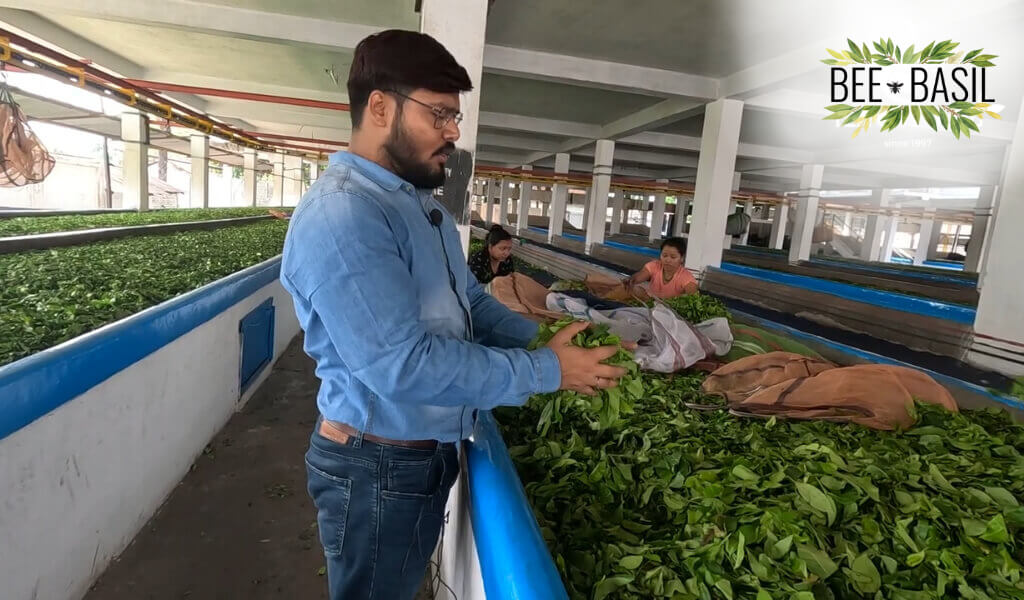
To accomplish this, the leaves are spread out on bamboo mats or fabric and allowed to wilt. Today’s tea farmers have precise control over this process, carefully monitoring and adjusting humidity and temperature levels. They also rotate the racks of leaves to ensure proper airflow to each layer.
Despite its similarities to oxidation (step #4), withering is a crucial process for all types of tea to explore which tea is best for you, including white and green tea cultivation. Without fading, the leaves would still contain too much water, making subsequent heating steps result in cooked vegetables instead of dried tea leaves. During withering, the leaves lose up to half their water, becoming flexible for further tea-making steps.
3. Get a Kick from Our Bruising Tea Blend
Once the leaves have withered, the crafting methods with the stove for different tea styles begin to diverge. So, knowing how to make tea might be a must. Oolong teas, black teas, and pu-erh teas typically undergo some form of bruising process, whether that involves rolling, twisting, or crushing the leaves. This step aims to break down the cell walls in the leaf and prepare it for oxidation.
Historically, hand-bruising a large batch of tea leaves required precision and consistency to achieve a uniform blend. But how much caffeine in tea? Some dark teas with high oxidation levels needed multiple rounds of bruising and oxidation with high concentration caffeine, from 0,5-3 percent. It’s no wonder that black tea producers began chopping the leaves to speed up the process for mass production.
Today, many small-scale producers have found a happy medium using machines replicating traditional bruising techniques without breaking the leaves. These machines increase the consistency of quality and keep the production process clean when used in artisanal crafting.
4. Oxidizing tea: A Flavorful Journey
To halt the oxidation process, tea leaves must be heated. Similar to how baking an apple denatures the enzymes responsible for browning, applying heat to tea leaves stops the process of oxidation.
This crucial step is applied to all tea blending styles except for black one. The final drying step for black tea is used to halt oxidation slowly. This step, known as the “kill green,” helps retain the leaves’ green color.
Different regional styles can produce heating changes, resulting in distinct flavor profiles. For example, steamed leaves, such as in Japanese green teas, will taste completely different from roasted leaves, like in Chinese green teas. Frying the leaves in a wok creates a different flavor profile than roasting them in a rotating drum. Thus, The diverse tea crafting techniques yield limitless varieties, even within a single category.
5. Fixing tea for a Delicious Cup
To halt the oxidation process, tea leaves must be heated. Just like baking an apple stops browning, heating tea leaves halts oxidation.
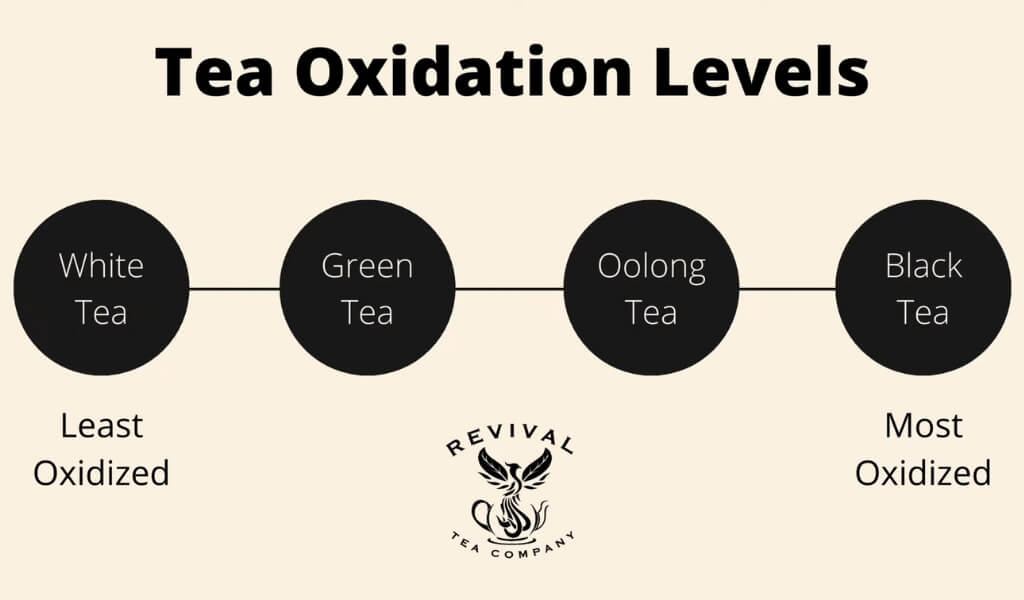
Read More: Discover the question, “Is Tea good for you?” and start enjoying a cup today!
Different regional styles can produce heating changes, resulting in distinct flavour profiles. For example, steamed leaves, such as in Japanese green teas, will taste completely different from roasted leaves, like in Chinese green teas. Frying the leaves in a wok creates a different flavour profile than roasting them in a rotating drum. Thus, the various methods of crafting tea can create endless variations, even within a single category.
6. Effective Drying Tea Methods
First, all tea leaves must be dried to remove any remaining moisture and create a leaf that can be stored for long periods. The flavor of the tea can be significantly affected by the heating method used during this step. For instance, charcoal roasting gives the tea a rich and distinctive taste. Knowing how to store tea might be useful for you to handle your tea more longer.
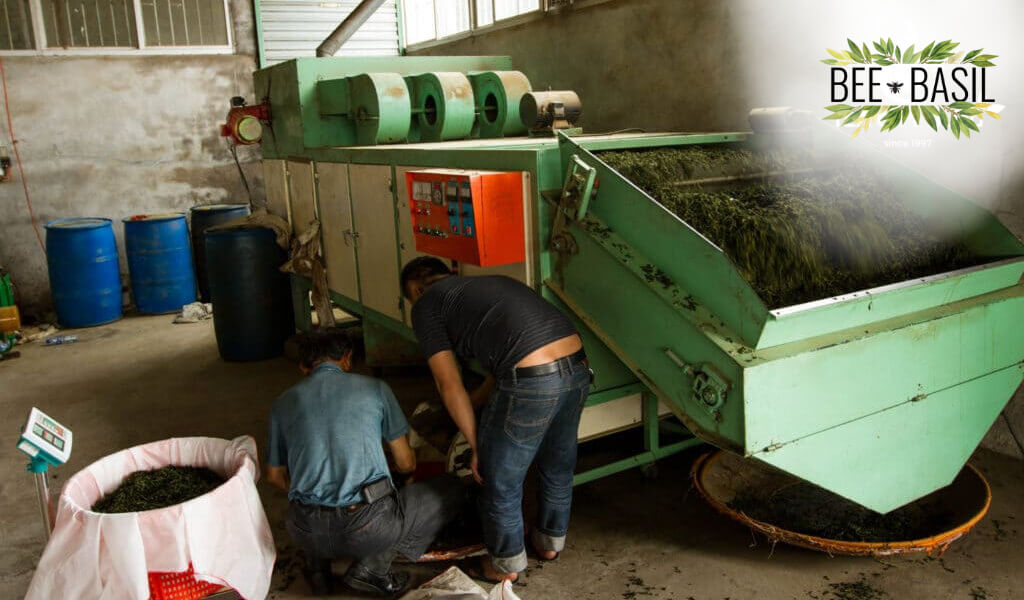
Oolong tea leaves are dried after being partially oxidized, whereas white tea is slowly baked to avoid any changes in flavour. After drying, the tea is packaged and shipped globally. Indeed, tea makers use unique combinations of these steps to create a variety of flavors.
Finally, you can drink tea at the time after breakfast or lunch, or in the evening with some snacks.
Teas come in various flavors, so it’s worth experimenting with them all to discover the one that best matches your palate.
We’ve provided information above about the various steps involved in many types of tea processing, which we hope you’ll find helpful. Thanks for reading!
I’m Shanna, creator of Spiritea Drinks. I’m all about teaching people to grow their own food, tea, cook what they harvest, and eat with the seasons.

